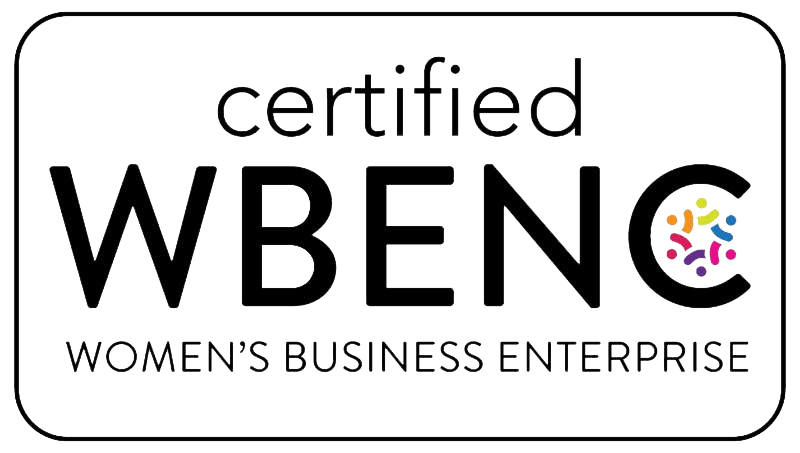The Role of Personal Protective Equipment (PPE) in Workplace Safety Training
Personal Protective Equipment (PPE) plays a crucial role in workplace safety, protecting employees from hazards that could lead to injuries or illnesses. Whether in construction, healthcare, manufacturing, or any industry with physical, chemical, or biological risks, PPE is a necessary safeguard that ensures workers can perform their tasks safely. However, simply providing PPE is not enough—proper training is essential to ensure employees know when, why, and how to use it effectively.
In this blog post, we’ll explore the importance of PPE, the different types used in various industries, and how effective workplace safety training can improve compliance and protection.
Why is PPE Important?
Workplace safety is a shared responsibility between employers and employees. According to the Occupational Safety and Health Administration (OSHA), employers are required to provide PPE when necessary and ensure employees are properly trained in its use. Without PPE, workers are at a higher risk of injuries from falls, burns, chemical exposure, and other hazards.
The benefits of PPE include:
- Injury Prevention: PPE acts as a barrier between workers and hazardous environments, reducing the risk of injuries such as cuts, burns, and exposure to harmful substances.
- Legal Compliance: Providing PPE and training employees on its use helps businesses comply with OSHA regulations, avoiding fines and legal repercussions.
- Enhanced Productivity: A safe workforce is a more efficient workforce. When employees feel protected, they can focus on their tasks without fear of injury.
While PPE is essential, improper use or lack of training can lead to serious consequences. That’s why PPE training must be an integral part of any workplace safety program.
Types of PPE and Their Uses
Different industries require different types of PPE, depending on the risks employees face. Here are some common categories of PPE and their functions:
1. Head Protection
- Hard hats and helmets protect workers from falling objects, electrical hazards, and head injuries in construction, manufacturing, and industrial settings.
- Safety caps with face shields provide additional protection against chemical splashes or flying debris.
2. Eye and Face Protection
- Safety glasses and goggles shield the eyes from dust, chemicals, and flying particles.
- Face shields offer extra protection for workers handling hazardous chemicals or working with sparks.
3. Respiratory Protection
- Respirators and masks filter airborne contaminants such as dust, fumes, and infectious particles in environments with poor air quality.
- N95 masks and other specialized respirators protect healthcare workers from airborne diseases.
4. Hand and Skin Protection
- Gloves protect against cuts, burns, and chemical exposure. Different materials, such as nitrile, latex, and leather, serve different purposes.
- Chemical-resistant gloves are essential in laboratories and industrial settings where workers handle hazardous substances.
5. Hearing Protection
- Earplugs and earmuffs reduce noise exposure in loud work environments, such as construction sites and factories.
- Proper hearing protection helps prevent long-term hearing loss from prolonged exposure to high-decibel noise.
6. Foot Protection
- Safety boots with reinforced toes protect feet from heavy objects, sharp materials, and slippery surfaces.
- Slip-resistant footwear helps prevent falls in industries like food service and healthcare.
7. Fall Protection
- Harnesses, lanyards, and safety nets protect workers at heights in construction and roofing industries.
- Guardrails and fall arrest systems reduce the risk of life-threatening falls.
The Role of PPE Training in Workplace Safety
Simply providing PPE is not enough—employees must be trained on how to use it correctly. PPE training should include:
1. When and Why PPE is Necessary
Employees should understand which hazards require PPE and why protection is essential to their safety.
2. Proper Use and Fit
Ill-fitting or improperly worn PPE can be ineffective. Training should teach employees how to correctly wear and adjust their protective gear.
3. Maintenance and Storage
PPE must be kept clean and in good condition to function properly. Employees should learn how to inspect, clean, and store their equipment correctly.
4. Recognizing PPE Limitations
While PPE reduces risk, it does not eliminate hazards. Employees should be aware of its limitations and follow other safety measures as needed.
5. Regular Refresher Training
Workplace hazards evolve, and PPE requirements may change. Refresher training ensures employees stay up to date on the latest safety protocols.
The Cost of PPE Non-Compliance
When employees neglect to wear PPE, the consequences can be severe. Injuries from a lack of protective equipment can result in:
- Increased Workplace Injuries: Failure to use PPE leads to more workplace accidents, increasing medical costs and lost productivity.
- Legal Penalties: OSHA fines businesses for non-compliance, which can lead to costly legal battles.
- Reduced Employee Morale: A workplace that neglects safety puts employees at risk, lowering morale and job satisfaction.
Employers must foster a culture of safety by enforcing PPE policies and ensuring employees understand the importance of compliance.
Conclusion
Personal Protective Equipment (PPE) is an essential component of workplace safety, protecting employees from hazardous conditions. However, PPE is only effective when employees are properly trained to use it. A well-designed PPE training program ensures that workers understand when to use protective gear, how to wear it correctly, and how to maintain it for optimal performance.
By prioritizing PPE training, businesses can reduce workplace injuries, comply with legal regulations, and create a safer, more productive work environment. Investing in safety today leads to a healthier workforce and a stronger company tomorrow.
Looking for expert safety training solutions? MYCA Learning can help your organization implement effective PPE training programs tailored to your industry’s needs. Contact us today to learn more!


